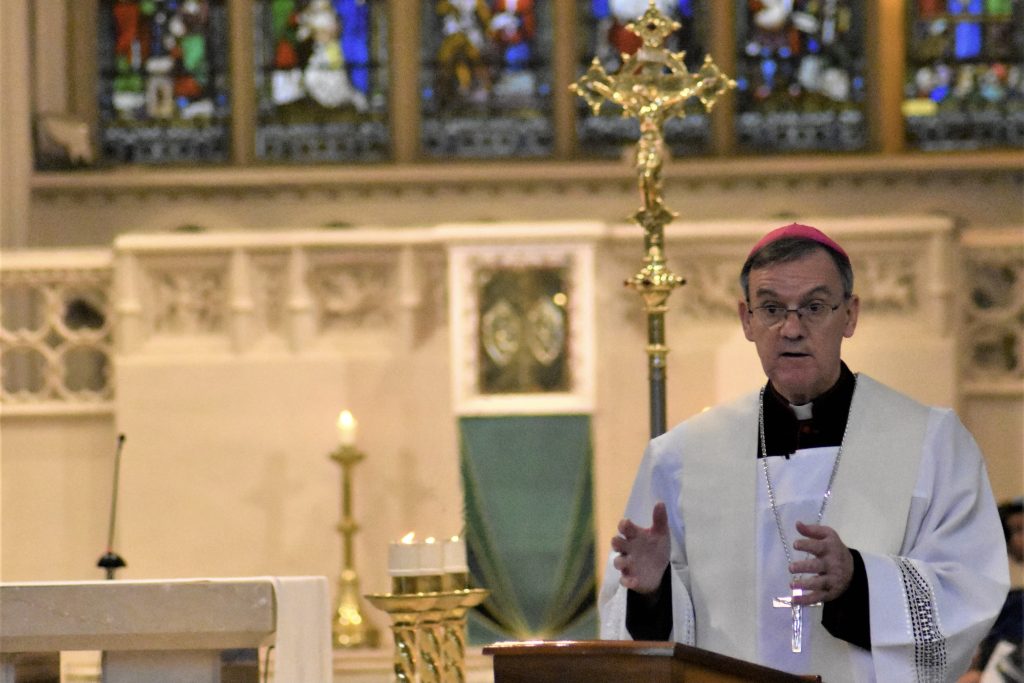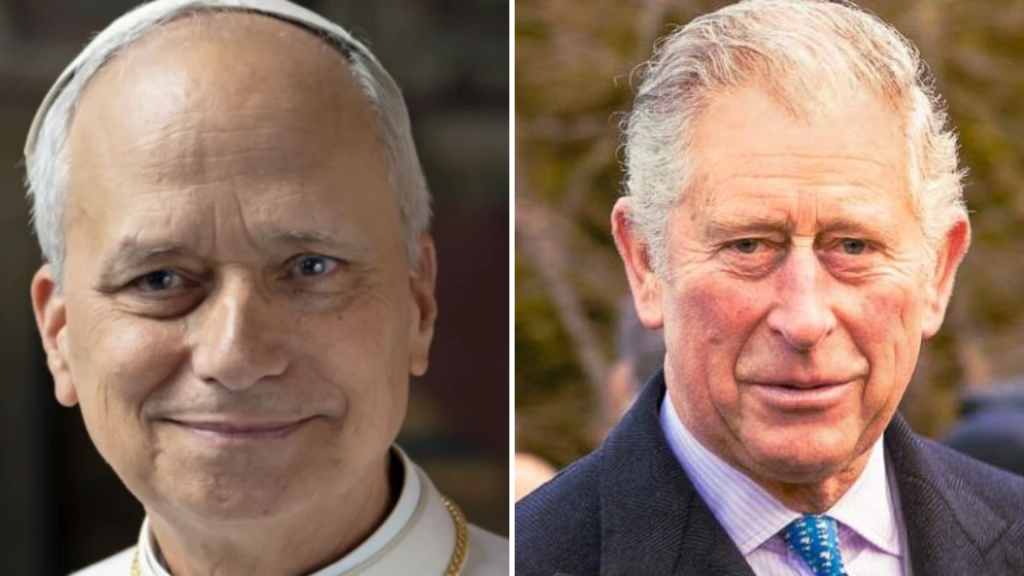
The Bishop of Salford has hailed the meeting between the King and Pope Leo XIV as they ended a 500-year-old religious divide by praying together in the Vatican.
King Charles, head of the Protestant Church of England, and Queen Camilla are in the headquarters of the Roman Catholic Church for their first meeting with the American Pope, since his election in May.
The king has become the first British monarch to pray with the Pope since the Reformation in the 16th Century, and is the first Anglican king to worship alongside the leader of the Roman Catholic Church.
And Salford Bishop John Arnold praised the decision by the two faith leaders to meet, highlighting that it is an important chance to build bridges and stoke unity.
“It is a remarkable day of bridge building between the King and Pope Leo. I am very pleased that this is going ahead. Ever since Pope Leo first spoke to crowds after he had been elected, he has outlined three major policies that have been shining through everything he has been doing and saying since: peace, unity and bridge building,” he said.
“When Pope Leo talks about unity, he does not mean that we must be the same in everything we do.
“There can be unity in our diversity and the way we celebrate our shared beliefs, what we do believe in common, which gives us real strength.”

Bishop Arnold explained that, while it can be convenient to point out differences in belief to score political points, he feels it is more productive to focus on similarities for the benefit of society and the Church.
“It is very easy to take the negative side and say ‘you don’t do this and we don’t do that,’ which causes fragmentation. But this bridge building towards unity is a very positive way of celebrating what we do believe in common, and that is a source of strength.”
He also commented on the appointment of a female Archbishop of Canterbury. Dame Sarah Mullally will take up the post from Justin Welby, who resigned after it was found he did not follow up rigorously enough on reports of prolific child abuse within the church.
Bishop Arnold said the landmark appointment was another opportunity to promote unity within the church, but conceded it will be a “challenging” transition.
“If we look positively at what is going on and try to see unity in our beliefs, we can find a way of accommodating the differences in opinion and being a stronger Christian Church.
“When Pope Leo talks about unity, he does not mean that we must be the same in everything we do.
“There can be unity in our diversity and the way we celebrate our shared beliefs, what we do believe in common, which gives us real strength.”
Earlier today, the King and Pope Leo XIV made history when they prayed together in a symbolic moment of unity for Anglicans and Roman Catholics across the globe.
The Pontiff led the prayer during the ecumenical service in the Vatican’s famous Sistine Chapel, likely to be seen as another milestone in the journey of the two churches.
It was the first time a British monarch, the Supreme Governor of the Church of England, had prayed at a public service with the , head of the Catholic Church, since the Reformation.
Charles and Camilla, making a two-day state visit to the Vatican, sat together a few metres from Pope Leo at the front of the congregation which featured ranks of cardinals.
At the end of the short service Pope Leo led the symbolic moment with the words: “Let us pray.”
He went on to say: “God our Father, you have created the heavens and the earth and made us in your own image: teach us to see your hand in all your works and your likeness in all your children.
“Through Christ our Lord.”
Charles and Camilla stood with the rest of the congregation who said: “Amen” at the end of the prayer.
Immediately afterwards, in another moment of church unity, Stephen Cottrell, the Archbishop of York, who was also officiating during the service, said with Pope Leo another prayer.
The two senior clerics said: “The grace of our Lord Jesus Christ, and the love of God, and the fellowship of the Holy Spirit, be with us all evermore.”
And again the congregation said: “Amen.”
The intervening centuries since Henry VIII broke with Rome to establish the Church of England in the 16th century had been marked by mutual distrust between the English state and the papacy.
But the ecumenical movement, a drive towards worldwide Christian unity which began early in the 20th century, has seen Anglicans and Roman Catholics working towards this goal of togetherness.















Recent Comments